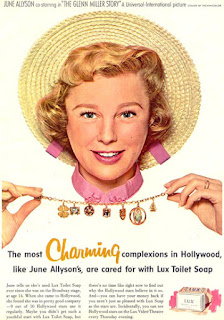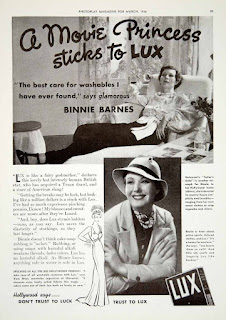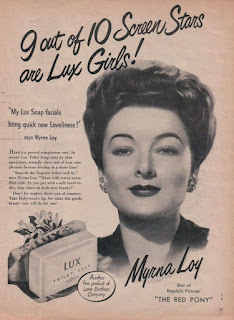Sunday Diva/Three From
The Hip: Bessie Smith
In my own personal big gay church there is a wing dedicated to those who are truly unique and one of a kind. For one such fine example, look no further than...
Bessie Smith.
Empress of the Blues.
She sang for her supper at an early age; her parents dead, she stood on street corners singing for spare change.
Ma Rainey heard that voice, coming from a place no child should know and took her under her wing. With a recording contract secured - though Bessie didn't trust the technology - she made her mark on the American soundscape with her very special brew - the blues.
That sound, it swelled up from all the indignities and injustice she suffered because she was black and female in a white man's world. Despite that, or perhaps because of it, this diva thrived - sharing her pain with all who would listen.
Still, life was not easy for Bessie. She had a temper; got arrested after busting a bottle of booze over the head of another singer in a recording studio. And yes, the lady liked to drink. Too much.
And love.
She had a girlfriend, a partner whom she always referred to as 'her adopted son'.
Seeing as how life was never easy for this diva, it shouldn't be surprising that her life ended tragically - in an automobile accident. Due to the restrictions in place in the name of segregation, Bessie arrived at the hospital in need of treatment - treatment which was delayed because her skin was the wrong color. She died, at the age of 43.
Still - her music lives on. As does her pain and outrage.
Some divas, their work remains relevant, no matter the age. What she brought to music is as vital and timely now as when she first shared it.
She's moved on.
Someday... perhaps society in this country will too.
The gospel according to her?
Well, here are three from the hip, dropping from her lips.
The topic? The Blues.
"When I sing, I am both the vessel and the voice of the blues."
"I sing the blues because it is the soundtrack to my soul."
"Each note I sing is a prayer for those who have lost their way."
"When I sing blues, I think of life, sorrow, and pain. They come from my experience and my heart."
"In the depths of despair, the blues is the light that guides us back to the surface."
"The blues is the roadmap to the soul, leading us to the truth within ourselves."
"The blues is a love affair between pain and music, a dance that never ends."
"With every note I sing, I bare my soul and invite others to do the same."
"The blues is a testament to the resilience and strength of the human spirit."
"Blues is a feeling, a way of expressing the human condition in its rawest and most honest form."
"I sing the blues so that others may find solace in their own struggles."
"In the blues, I find beauty in the pain, strength in the vulnerability."
"Through the blues, I find my own truth, my own salvation."
"Through the blues, I have found my purpose, my reason for being."
"No matter how tough life gets, there is always a song that can heal the soul."
"I sing the blues to keep the flame of hope alive in the darkest of times."
"The blues is not just a genre of music, but a lifeline for those who have been beaten down by life's hardships."
"The blues is a sanctuary where I can be my truest self, without judgment or fear."
"The blues is a language that transcends race, gender, and age."
"Blues is not just about sadness, but about the triumph of the human spirit over adversity."
"Blues is the language of the heart that speaks when words fail."
"The blues tells the stories that words alone cannot convey."
"The blues is a canvas where I paint the colors of my emotions."
"When I sing the blues, I am free from the shackles of society's expectations."
"Through the blues, I connect with the pain and longing of generations past."
"I sing the blues to keep the memory of those who came before me alive."
"The blues is a reminder that we are all connected through our shared experiences."
"I sing the blues to give voice to the voiceless and hope to the broken-hearted."
"In the blues, I find both solace and strength to face another day."
"Through the blues, I find my own redemption and offer it to the world."
Gimme A Pigfoot And A Bottle Of Beer - Bessie Smith
Me And My Gin - Bessie Smith
St. Louis Blues - Bessie Smith
And one last parting shot...
"Empower your mind anywhere, anytime."














































































































































































































